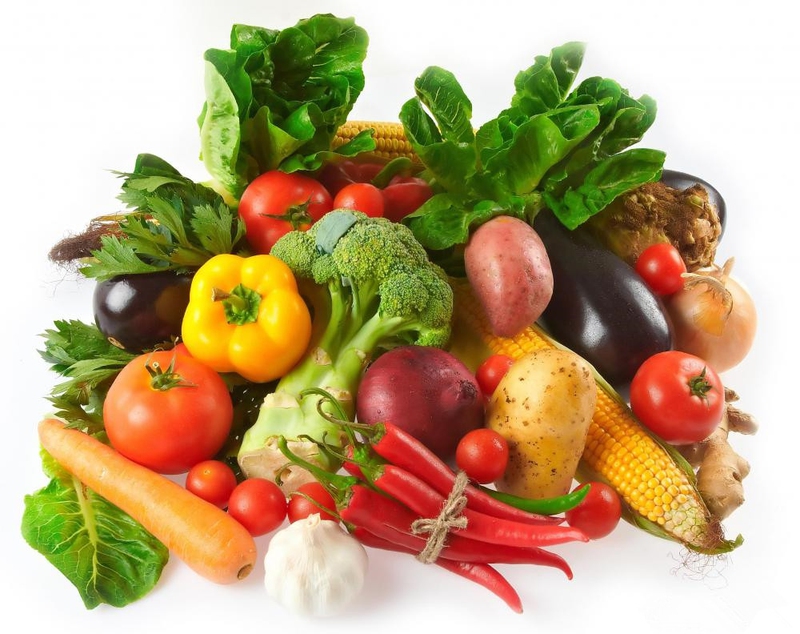Food is a basic human need. Our survival depends on it. The food we eat has to be broken down into its basic components so that the body can utilize the essential nutrients necessary for life. Digestion begins in the mouth but follows a long process through the digestive system. How long it takes depends upon the type of food and the health of the individual.

How Long Does it Take to Digest Food?
From Mouth to Stomach
Mechanical digestion begins in the mouth where we chew our food. The teeth tear and grind the food into smaller pieces and enzymes in our saliva, such as amylase and lipase, begin the chemical breakdown of starches, fats, and proteins, and prepare to lubricate the esophagus.
The masticated food, called a bolus, is pushed to the esophagus by the tongue and other muscles take over in a process called peristalsis. This consists of waves of movements by muscles to push the food into the stomach, which can take five seconds, as for liquids it only take a second for the process.
From Stomach to Small Intestine
The sphincter, a ring of muscle linking from the esophagus to the stomach opens and the bolus passes through. The sphincter then closes to keep any food and digestive juices and acids from flowing back up into the esophagus. While in the stomach—for an average of two and a half hours—the bolus is exposed to acids and enzymes that are churned by the stomach muscles to continue to chemically break down the food into even smaller pieces.
From Small Intestine to Large Intestine
The small intestine is made up of two parts: the duodenum and the jejunum. When the food enters the duodenum, the acidic juices are neutralized by pancreatic juices, which contain a natural bicarbonate. It is then allowed to pass into the jejunum where the primary absorption of nutrients into the body takes place. More enzymes and bacteria further break down the substance into small enough particles so it can pass safely into the bloodstream and be taken where it is needed or turned into glucose to fuel the body. This entire process takes, on average, three to six hours to complete.
From Large Intestine to Rectum
Anything that has not been absorbed out of the small intestine, like fiber, moves into the large intestine, along with some water, through another muscular sphincter that prevents any backflow. What is now considered as waste material will spend as much as thirty-six hours in the large intestine. The large intestine removes any water and prepares the waste for removal from the body as a solid substance then sends it to the rectum.
From Rectum to Anus
The rectum connects the colon to the anus, where the waste material will ultimately be removed by the body. Sphincter muscles relax, allowing the material to move through from the colon into the rectum, and then into the anus. The sphincter muscles and pelvic muscles of the anus relax, allowing the waste to be finally eliminated. Thus the whole process of digestion ends up.
Factors that Affect Time of Digestion
We know that the time it takes for food to travel through the length of the digestive system varies from person to person. Different foods take different times to break down based on their nutrient density and complexity. Meats and fats take longer to break down than carbohydrates. High fat and processed foods tend to take longer to break down. Adding fiber to your diet promotes the digestion of food, making the process faster as well as helping to eliminate toxic substances.
To learn more about foods that can either promote or hinder digestion, follow the link below:

View All Comments /Add Comment